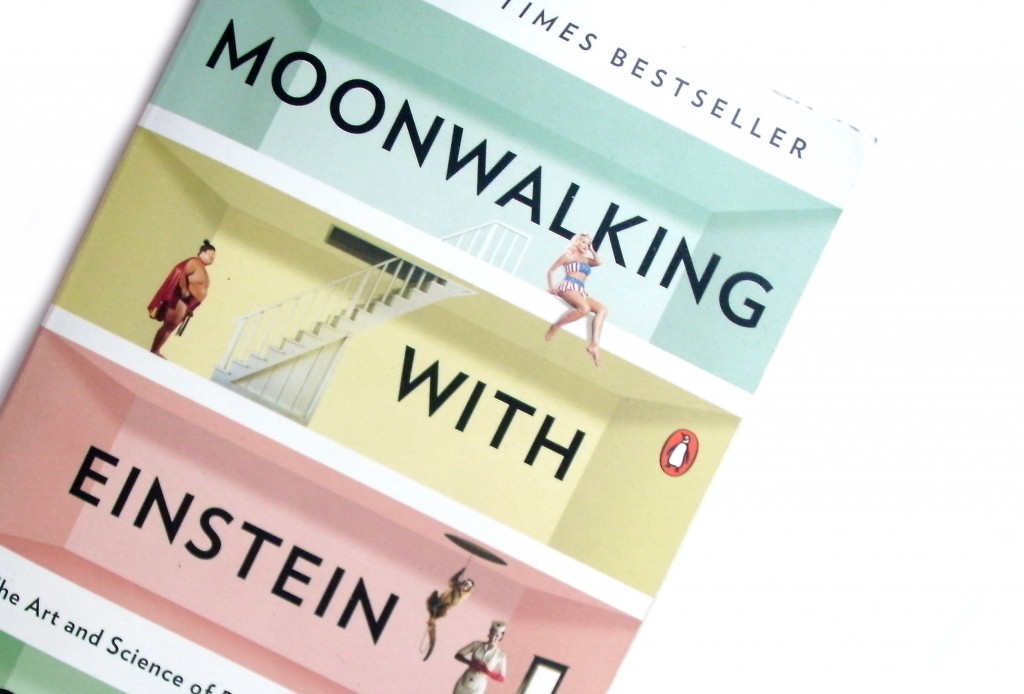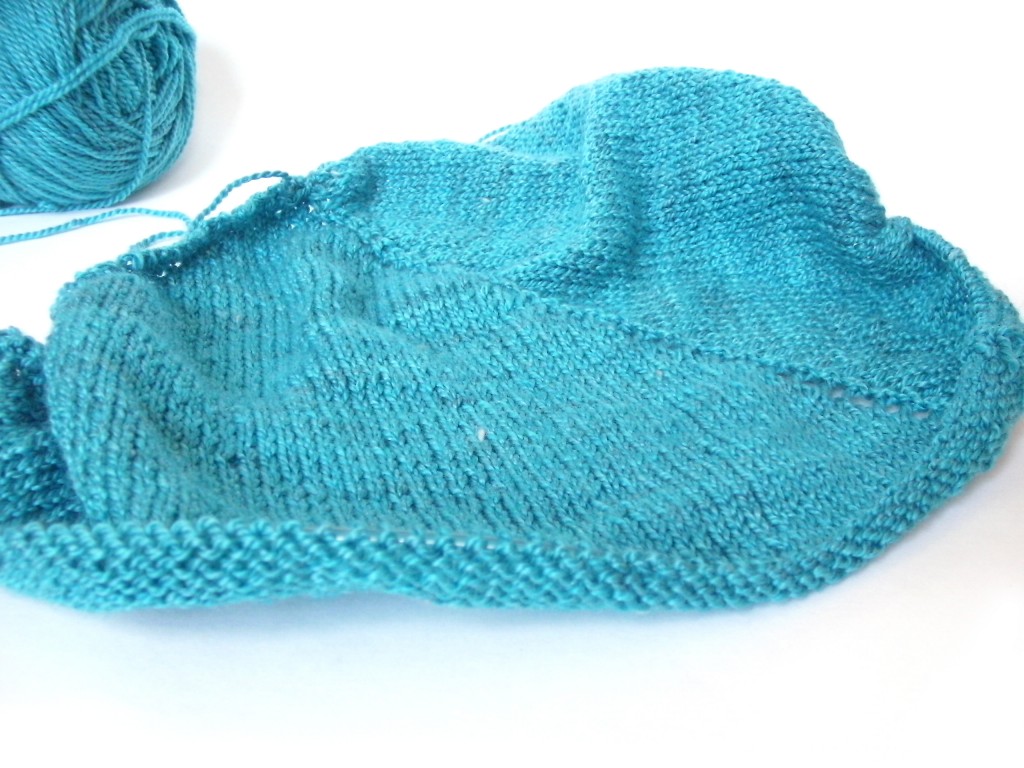Right now, I’m reading Moonwalking with Einstein: The Art and Science of Remembering Everything. Want to know one thing I’ve learned? Experts can’t store more individual items in memory than beginners… but they can store more information overall because they divide content up into useful chunks.
What experts look like
Ever heard someone describe their project as, “Oh, I don’t need to look at the pattern. It’s just a basic top-down sweater with a raglan sleeve and waist decreases worked in stockinette with ribbing at the edges”? This causes most beginners to gasp… what? No pattern?!?
An expert is able to store the entire pattern for a sweater in memory because they’ve chunked big pieces of relevant information. Some examples of chunks:
- Stockinette is knitting every row (when worked in the round) or knitting the RS row and purling the WS row (when worked in rows).
- A Raglan sleeve is worked by increasing on each side of a stitch marker, every other row, until piece reaches desired size.
- A top-down sweater is worked starting at the neck, down to the body.
- Waist decreases are achieved by inserting a decrease on the sides of the sweater, and repeated every 4 rows.
And so on…
None of these items are secret knowledge. But they’re bits of information that has been acquired sweater after sweater, pattern after pattern.
What this means about beginners
If you’re a new knitter or crocheter, I don’t need to tell you how hard it can be to start! But, if you’ve been at it for a while, it’s easy to forget how tough it once was. But, when you’re teaching newbies, it’s incredibly important to remember how hard it is, in order to avoid a frustrating experience for everyone!
You have 7 (plus or minus 2) spots in your short term memory. That’s it. And that’s all people, even if you’re a genius. It’s how brains are built.
Now, let’s look at someone who’s beginning to crochet… starting with the basic stitch, the single crochet. The steps are:
- Insert hook into the next stitch.
- The next stitch is the one that hasn’t been used, and looks like a sideways V.
- Wrap the yarn around the hook.
- Pull the hook, catching the yarn, through the loop on the hook.
- Don’t forget to rotate the hook down so you can catch the yarn!
- Wrap the yarn around the hook again.
- Pull the yarn through both loops on the hook.
That’s it! They’ve already used their 7 memory slots!
It’s pretty much useless to say to a (complete) newbie: “single crochet 3 stitches, then double crochet 3 stitches”… because there’s not enough spots in their memory to do it! They used all of their spots remembering the single crochet!
This sounds like a trivial point until you’ve run into a few less-than-gifted teachers. You know, the people who tell their (30-minute-old) knitters to ‘work a 2×2 rib’… when they don’t even have a grasp of the basics of successfully completing a knit stitch.
When teaching, channel the difficulty encountered by newbies, and keep their memory space in mind. Then, you can lead them to becoming experts!
Becoming an expert
All it takes to become an expert is one thing: practice.
Boring, right? No tricks, no secrets. Just doing the same thing over and over again until it becomes second nature.
After you’ve single crocheted for a while, you’ll no longer have to run through all 7 individual steps to complete the action. You’ll just ‘know’ the stitch, and it’ll only take up one slot in memory. Giving you space to start working on larger chunks!
For teachers, this means allowing students to work on a skill until they ‘get it’, and are ready to move on to the next concept. It may sound harsh, but I’ve been known to tell some students in my beginning knitting classes that they’re not ready to learn to purl. Their memories were still filled with the 7 steps of doing the knit stitch… and those were just going to be washed away by learning 7 new steps for purling. They thanked me, because it meant that, at the end of class, they had a skill they were solid on- instead of leaving confused.








Moonwalking with Einstein is such a fab read! I love to see it applied to learning knitting and crochet.
Wow, this is really insightful. I recently taught myself to both knit and crochet through internet videos and reading written instructions in the last six months and I couldn’t really figure out why I was having such a hard time with knitting. With the crochet (which came first), I was really re-learning, I had known how as a kid and the basics and some of the muscle memory were still locked away in my brain while the knitting was completely foreign, and I couldn’t understand why I wasn’t picking it up like I did with the crochet.
This makes so much sense! I’ll go easier on myself with the knitting as I go forward, I am currently working on my second project, a basket weave scarf, and it is really helping to set those knit and purl stitches for me!
@Hallie- Yes, it’s SO important to take it easy on yourself!
Thank you! I’m a retired middle school teacher but still go in on Mondays to for the arts and crafts club and try to teach knitting or crochet. You’re correct in being very, very patient and sound like a broken record when teaching the steps for either skill. I found little “poems” for knitting (in through the front door, once around the back, slip through the window, and off jumps Jack); there is another one about sheep but it’s all for knitting. I am looking around for crochet. For a group the classroom has an Elmo that then projects the image through the LCD projector on the screen; I put my hands under it and the group can see what I’m doing and they follow. I wish I had a better camera as the Elmo’s image is jerky.
just requested it from the library – I can’t wait to read it! Thanks for reminding me that I wanted to read it!!!